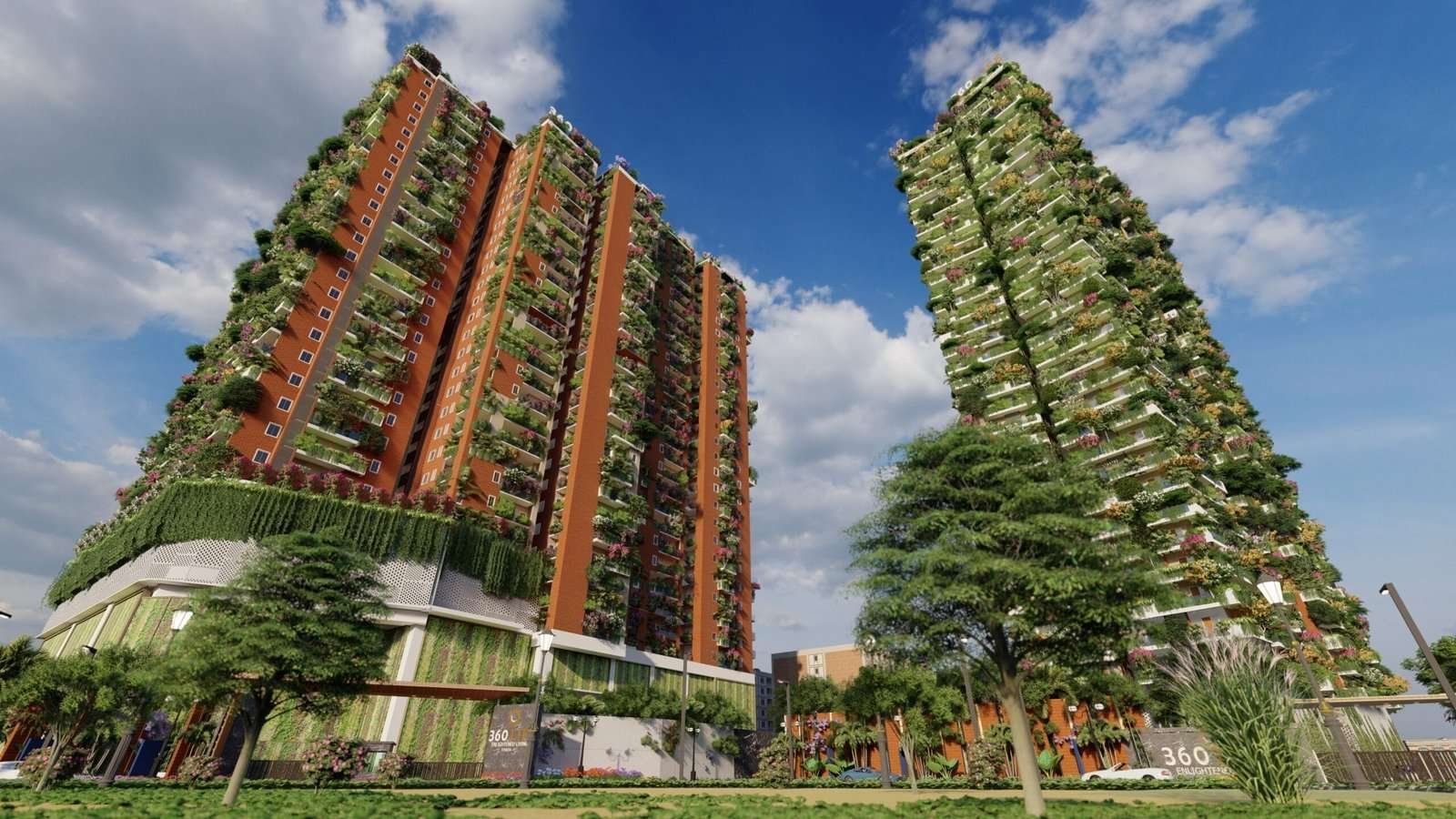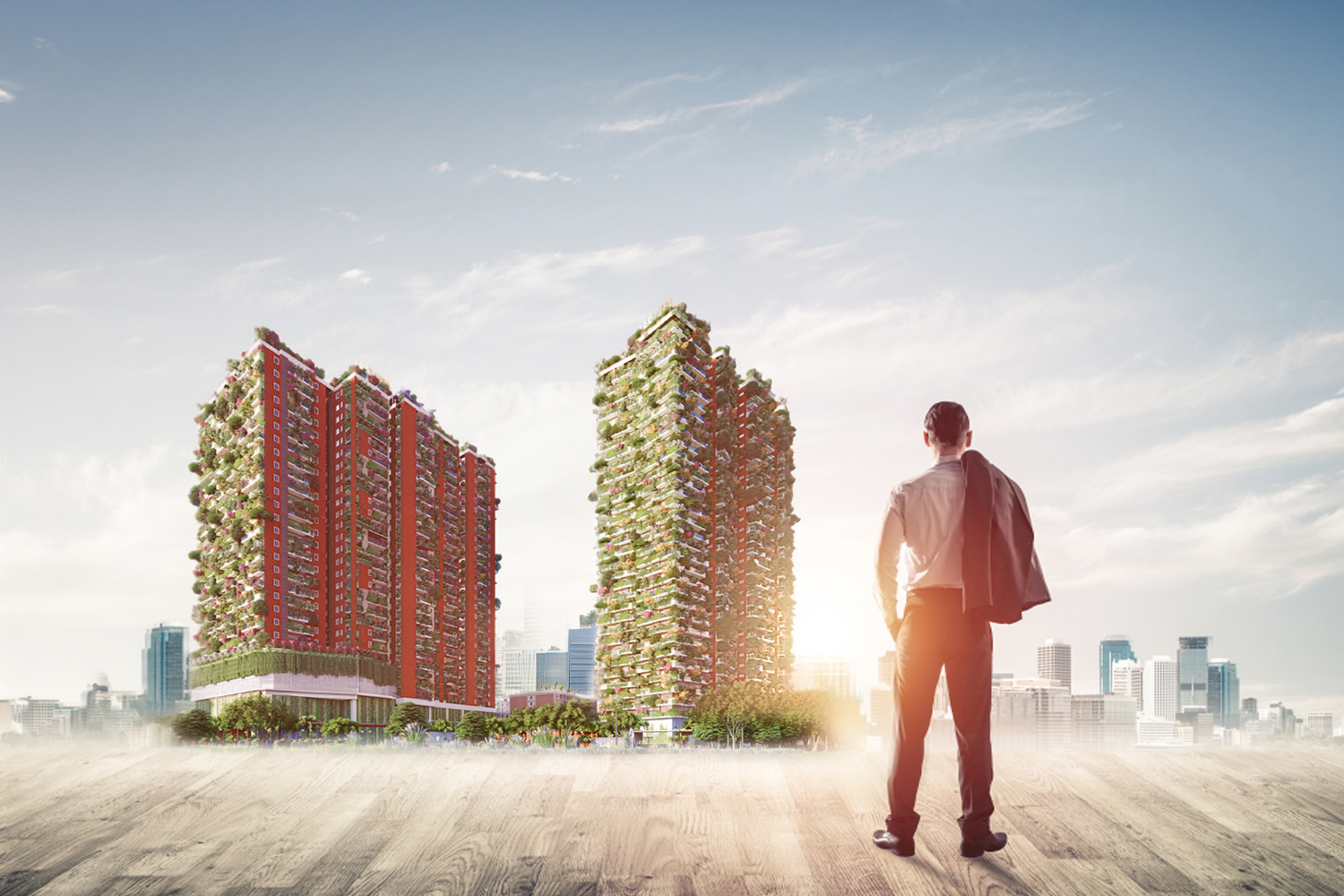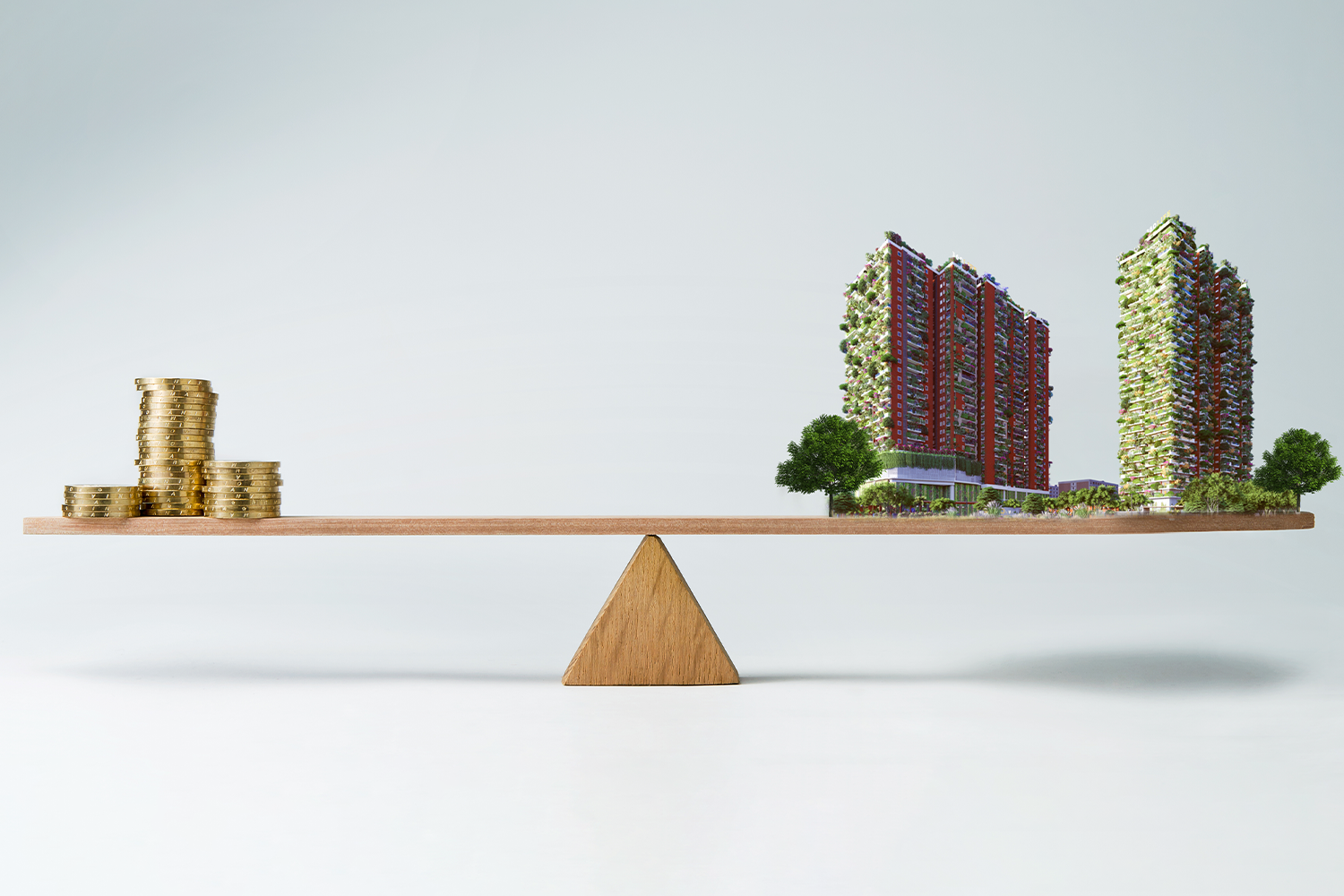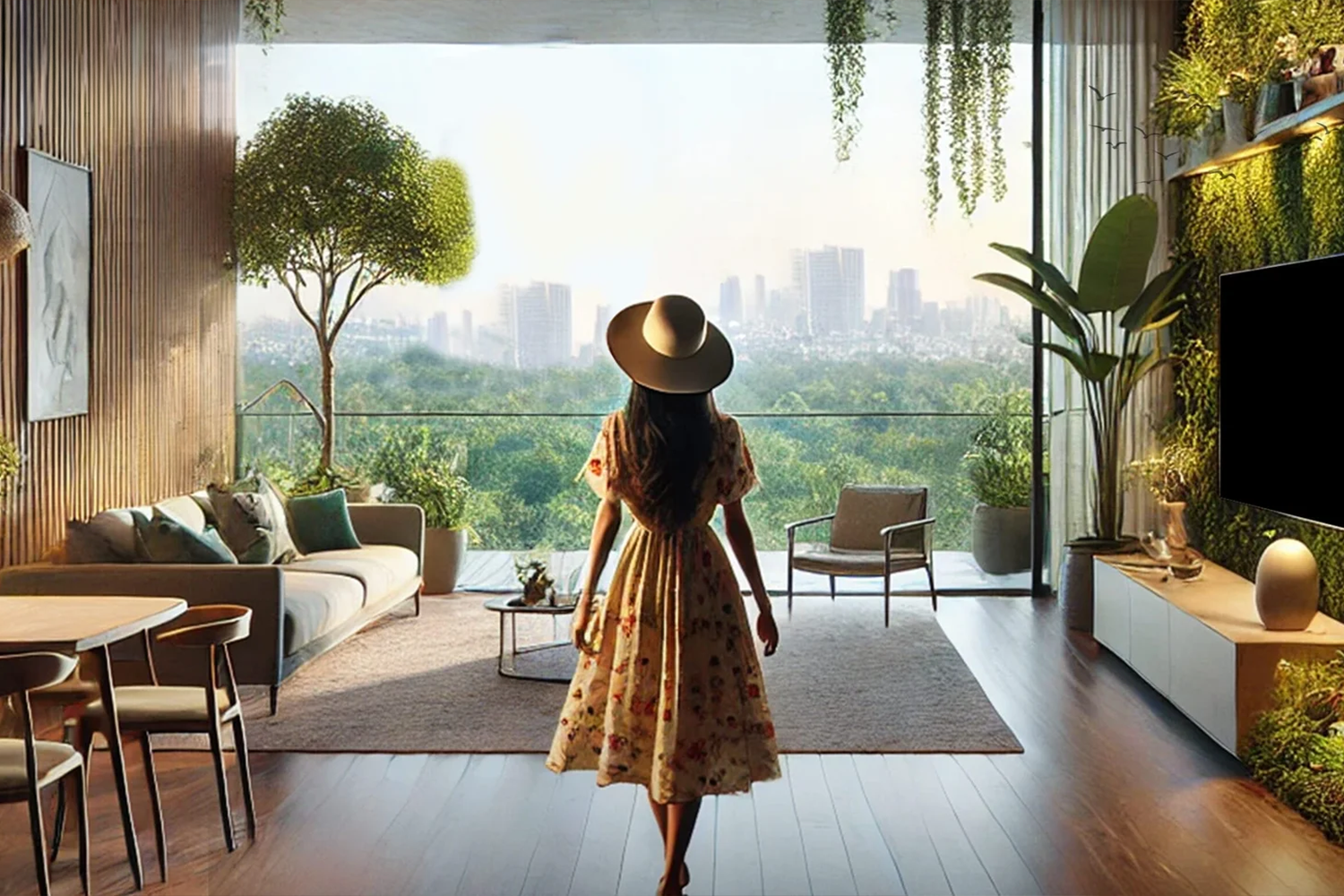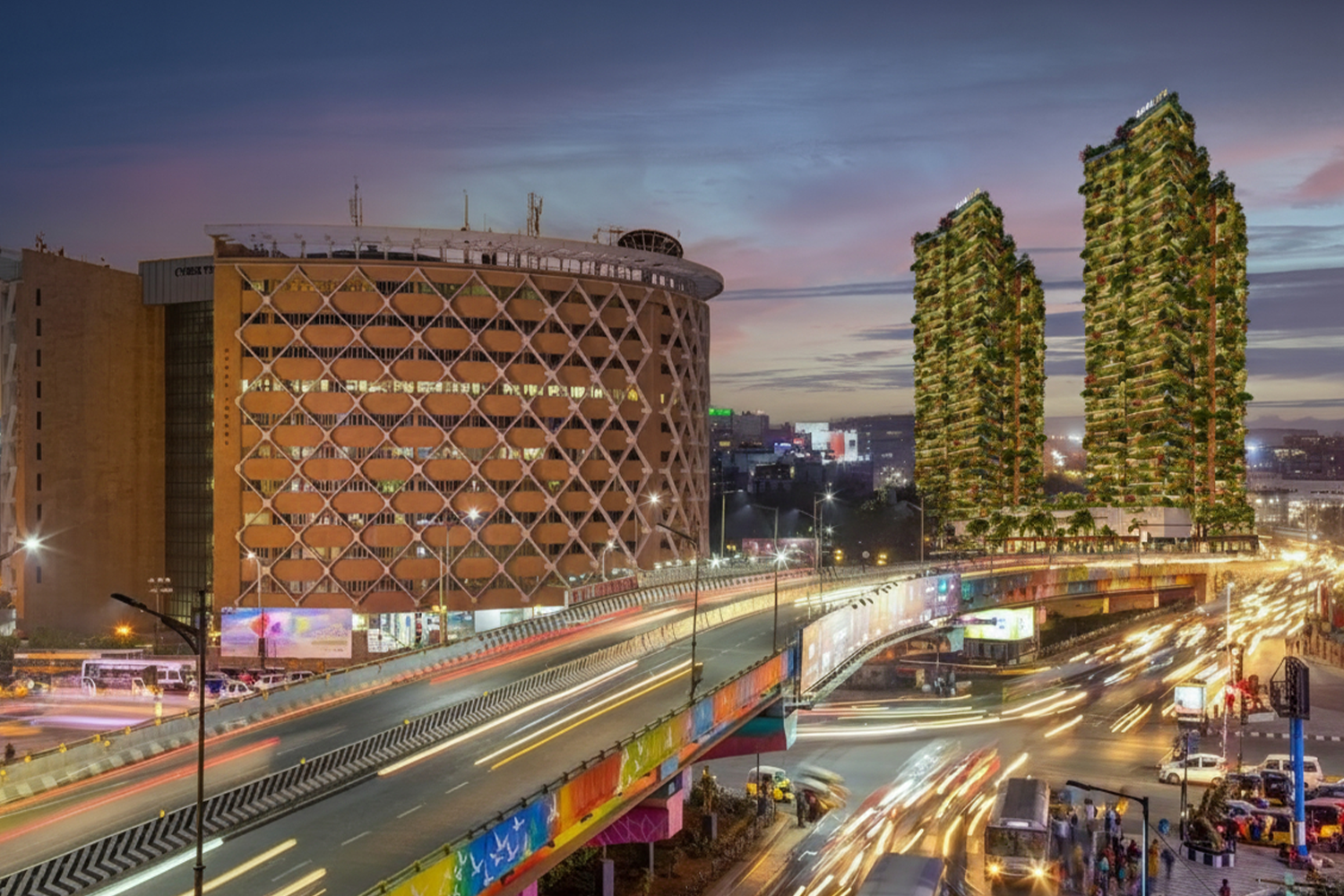In the ever-evolving landscape of urban development, vertical forests have emerged as a promising solution to combat environmental degradation while meeting the growing demands for housing and sustainability. Meanwhile, these innovative architectural marvels offer a striking aesthetic and present a tangible solution to mitigate urban pollution, improve air quality, and promote biodiversity.
In this blog, we delve into vertical forest apartment’s market demand and economic viability, exploring their potential to redefine urban living while fostering a greener future.
Rising Market Demand:
Firstly, increasing awareness of environmental issues coupled with the desire for healthier and more sustainable lifestyles has fuelled the demand for eco-friendly housing solutions. Importantly, Vertical forest apartments, characterized by their incorporation of lush greenery into high-rise structures, have captured the imagination of urban dwellers seeking a harmonious balance between modern living and nature.
Moreover, the proven benefits of green spaces on mental and physical well-being have propelled the demand for residential properties that prioritize access to nature. As a result, Vertical forests offer residents not only a serene retreat from the hustle and bustle of city life but also contribute to improved air quality by absorbing carbon dioxide and releasing oxygen.
Economic Viability:
While the initial investment in vertical forest apartments may be higher compared to conventional high-rise buildings, the long-term economic benefits are substantial. Firstly, the energy-efficient design of these buildings, including natural cooling provided by the vegetation, can lead to significant savings on utility bills for residents. Additionally, the aesthetic appeal and eco-friendly features of vertical forests often command premium prices in the real estate market, resulting in higher property values and increased returns on investment for developers.
Furthermore, the positive impact of vertical forests on surrounding property values and the overall urban environment can lead to economic growth at the city level. Above all, green spaces have been shown to attract businesses, tourists, and investors, thereby stimulating economic activity and creating employment opportunities.
Challenges and Opportunities:
Despite their numerous benefits, the widespread adoption of vertical forest apartments still faces certain challenges. High construction costs, maintenance requirements, and technical complexities pose hurdles for developers. Moreover, regulatory frameworks and zoning laws in some cities may need to be adapted to accommodate vertical forest projects.
However, these challenges also present opportunities for innovation and collaboration among architects, engineers, policymakers, and environmentalists. By leveraging advancements in green technology, sustainable materials, and urban planning strategies, stakeholders can overcome barriers and realize the full potential of vertical forest development.
Conclusion:
Vertical forest apartments represent a paradigm shift in urban design, offering a holistic approach to sustainable living that prioritizes both human well-being and environmental stewardship. As cities grapple with the pressing challenges of climate change and rapid urbanization, embracing innovative solutions like vertical forests becomes imperative.
The market demand for these eco-friendly dwellings continues to grow, driven by a global shift towards greener, healthier lifestyles. Furthermore, their economic viability, coupled with their positive impact on property values and urban economies, makes vertical forest apartments a compelling investment opportunity for developers and residents alike.
In the journey towards building resilient and livable cities of the future, vertical forests stand as beacons of hope, reminding us that harmony between nature and urbanization is achievable and essential for the well-being of present and future generations.

